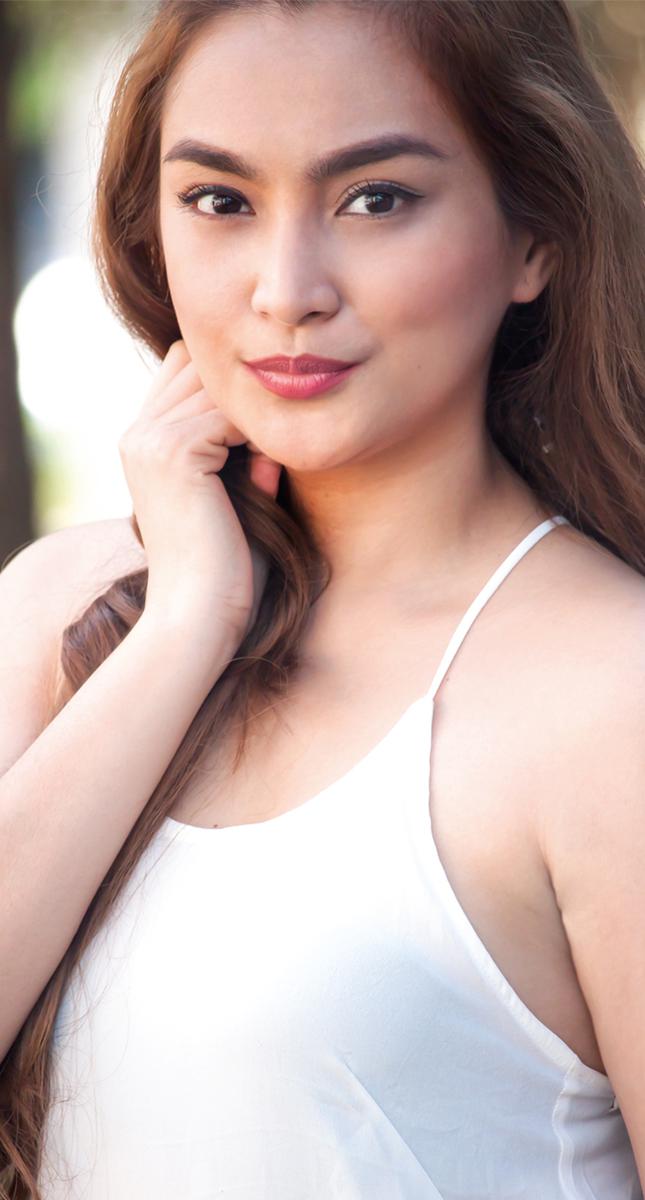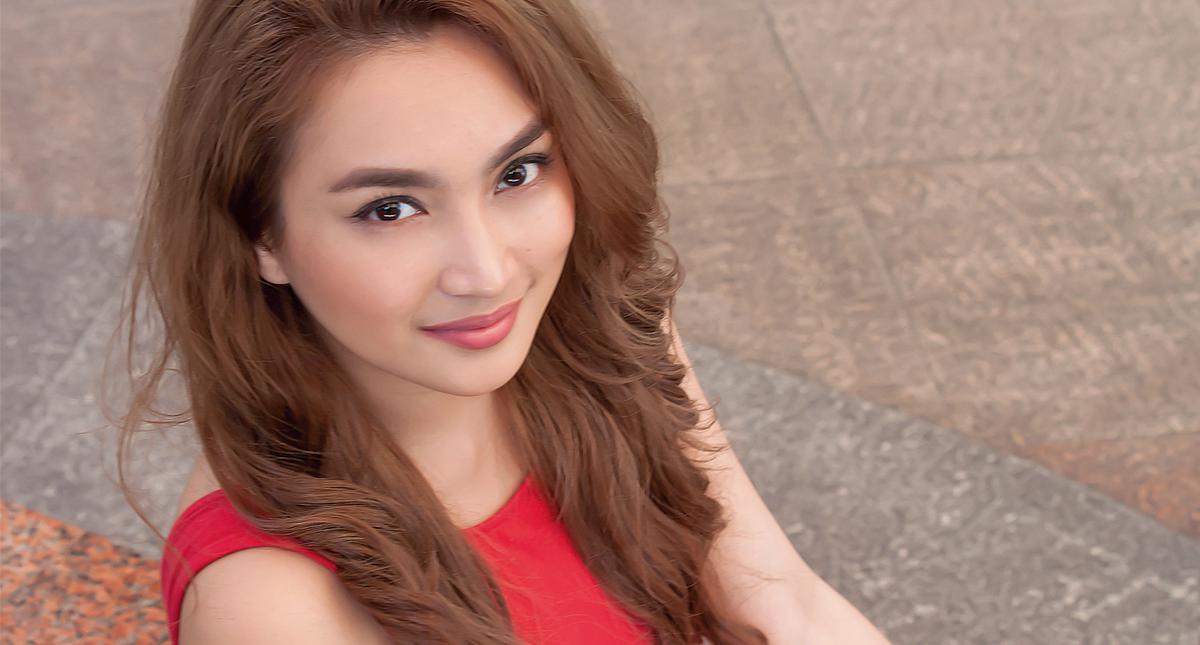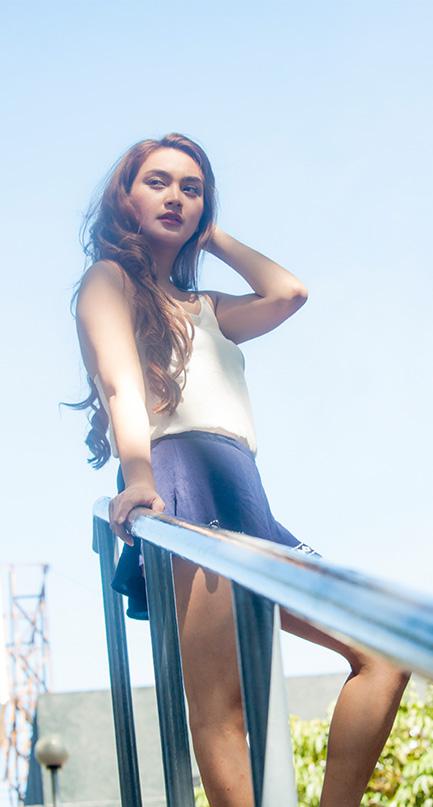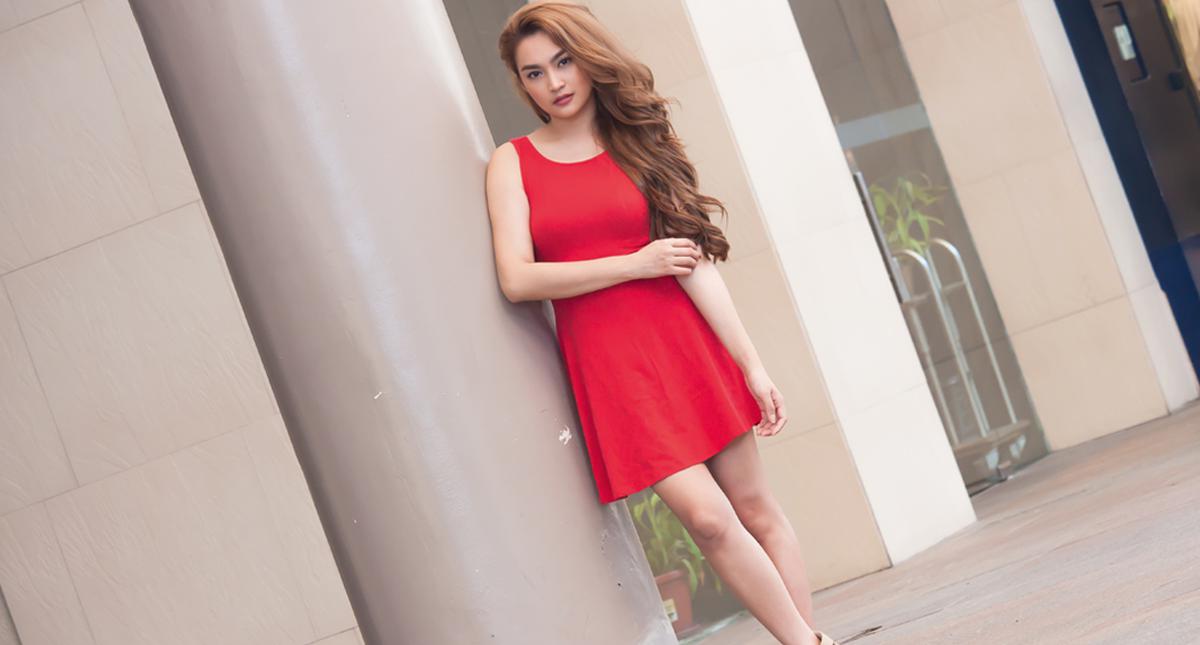Filmmaking is equal parts arts and science; objectivity and subjectivity; and other ways to say “you can learn the fundamentals but feel free to break the rules.” With all the schools of thought out there, it might be hard to jump in if you find yourself wanting to shoot your own movie. Fret not. Like the photography basics we covered last year, we’ll give you the nitty-gritty of shooting motion pictures so you’ll be a better shot behind the camera. To get your feet wet: angles and distances.
Distances
How far does your subject appear from the camera? Is he a blot against an imposing mountain? Are we seeing the critters up his nose? Different distances have certain connotations that can be used to further drive the point you, the filmmaker, are trying to make.

Long Shot
Useful for establishing the mise en scène or the who, what, when,
where—and even the why and how—of the scene. As the term implies, the camera is positioned far away from the subject in order to show him in his entirety. This can be used for a variety of effects like making your subject feel alone or to detach your audience from the scene.

Medium Shot
This one captures your subject from the hip up, in a way mimicking how we see other people when we’re talking to them. It’s kind of a vanilla shot, really. It is used when the subject is relaying information or if emotion isn’t a key element to the scene. You’ll often see it used in news because of this particular characteristic.

Close Up Shot
If you have no regard for other people’s personal space and are always up in their grille, then the look of the close up shot should be pretty familiar to you. It’s where the subject’s shoulders and head are occupying the frame. Compared to the two previous shots which focus on conveying information, this one emphasizes emotions.

Extreme Close Up Shot
Here, the single element—perhaps a body part, some wires, or a clock’s gears—occupies the entirety of the shot, leaving no question as to what you want the audience to see. If the long shot serves to detach, the extreme close up strengthens the importance of any element or emotion.
Angles
In addition to distances, varying the angle of your shots enables you to influence how the viewer receives the subject. In manipulating the camera relative to the horizon, you give power to either your audience or character, while taking it from the other one. A power play, if you will.

Eyelevel Angle
This straight-forward shot sees the camera at head level making it very neutral. Because of this, it’s employed in objective and unbiased news programs.

High Angle
Want to make that macho character of yours appear weak? Raise that camera above your character to make him seem feeble and docile. Taking this to extreme elevations, you’ll have the…

Bird’s Eye View
Directly above your subject, the bird’s eye view is an unusual shot as in real life, you don’t often view anyone from a 12 o’clock angle. In that regard, the audience is given the vantage point of an almighty being, detached from the action, yet aware of everything that’s happening in the scene.

Low Angle
The low angle shot has the camera below eyelevel. This makes your subject appear bigger and more commanding, while making your audience seem insignificant. In a way, you’re making them feel like a child—wee and powerless—in the presence of grownups.
Or you can go almost-ground-level low if you want your subject to be a visual giant a la Jack and the Beanstalk.

Dutch Tilt
Also known as the oblique or canted angle. In contrast to regular shots that lie flat on a plane, the Dutch tilt has the camera sideways for an unnatural effect. It’s an effective way of conveying craziness, desperation, and unease.
Like I said in the first part of this section, these guidelines aren’t set in stone. They will mean different things when used in one context versus another. The important takeaway is that planned, deliberate shots are one of the things that will help your work stand out. We’ll discuss the others in the next few Snapshots so stay tuned!
Also published in GADGETS MAGAZINE February 2016 issue.
Words by Chris Noel Hidalgo
Phtography by Benedict Asal
